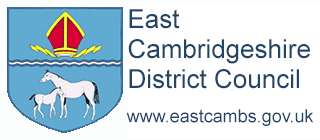File your tax return online
You can use the online service to:
- fill in and send your tax return to HM Revenue and Customs (HMRC)
- go back to a tax return you have already started
- check your details, view returns and print your tax calculation
You will need to register for Self Assessment again if you have sent a tax return in the past but you did not have to send one last year.
If you are filing online for the first time
You must have received your Unique Taxpayer Reference (UTR), enrolled for the online service and activated your account using the code you received in the post.
How you do those things depends on whether you are:
- self-employed (external link)
- not self-employed (external link)
- a business partner or partnership (external link)
If you have not told HMRC you need to send a return
There are different ways to register for self assessment:
- register for self assessment if you are self-employed or a sole trader (external link)
- register for self assessment if you are not self-employed (external link)
- registering a partner or partnership (external link)
You should allow enough time to complete the registration process so you can send your return by the deadline (external link).
HMRC guidance videos
HMRC have provided some useful step-by-step guides on online registration via YouTube:
- How to register online for self assessment if you are self-employed (external link)
- How to register online for self assessment if you are not self-employed (external link)
When you cannot use the service
You need to use commercial software (external link) or download other forms (external link) to send a self assessment tax return:
- for a partnership
- for a trust (external link) or estate (external link)
- if you lived abroad as a non-resident (external link)
- to report multiple ‘chargeable gains (external link)’, for example from life insurance
- if you get income from a trust, you are a Lloyd’s underwriter or a religious minister
